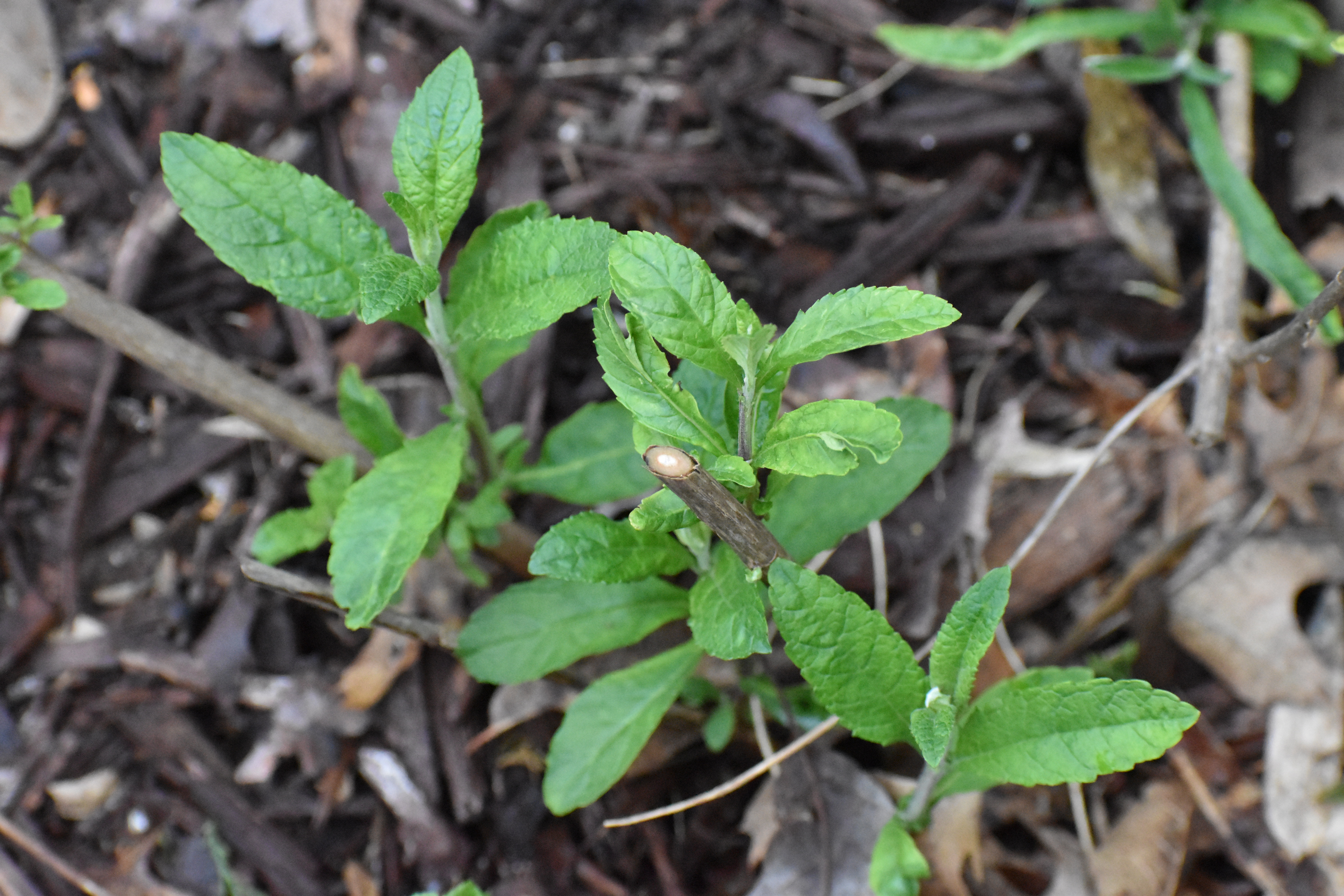By Sandra Nelson
This week’s pick is by Philip Grubb, Horticulturist
Butterfly Bush
Brilliant color, delightful fragrance and easy care — a winning combination!
Butterfly bush, also known as summer lilac, is a perfect addition to a Midwestern summer garden. Although it absolutely requires full sun, 8 hours a day to abundantly flower, and thoroughly well-drained soil, butterfly bush is not only easy to care for once established, it rewards you by becoming a gathering place for a myriad of bees and butterflies.
A deciduous shrub, butterfly bush can reach 6, 8 or even 10 feet in its summer growth period, but will often die back to the ground in cold temperatures. It is slow to emerge in spring, sometimes waiting as late as June to make an appearance. Once buds begin to appear, prune back old branches, making clean cuts slightly above the new growth to encourage healthy growth and heavy flowering. A newly planted bush will need regular watering throughout the first year, but once established, butterfly bush requires only occasional watering. Wet feet, especially in clay soil, will quickly kill a summer lilac. Butterfly bush generally does not need additional fertilizer; over fertilization will promote foliage growth at the expense of blooms. Also, avoid the use of pesticides on or around butterfly bush; pesticides will harm visiting pollinators.
Depending on the variety, spike shaped terminal blooms ranging in length of 6 to 18 inches begin to appear in early summer and continue into the cooler fall months. While original species of Buddleia (technically spelled Buddleja) had masses of honey-scented purple blooms, today’s cultivars range in colors from the original purples to whites, pinks, yellows and even a newer variety that is almost black. Unfortunately, though they are still highly fragrant, most have lost the unique natural honey scent. Deadheading is not necessary, but does seem to help speed reblooming. Removing flower heads before seed pods form also helps to control unwanted spread in locations where the plant has become invasive.
Although Buddleja has a high nectar content and does attract butterflies, it is not a host plant for our native butterflies. In order to support the entire life cycle of our butterflies, it is crucial to add additional native plant species to a butterfly garden. Among recommended plants are:
- milkweeds
- baptisia (Blue wild indigo)
- spicebush
- aromatic asters
- fennel and parsleys
Zones: 5 – 9





